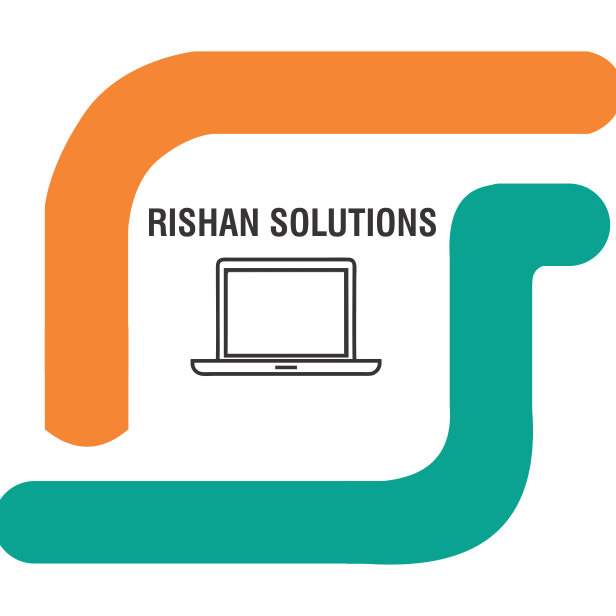![]()
Four key products of Power Platform :
- Power Virtual Agents
- Power Automate
- Power Apps
- Power BI
Main four pillars in Power Automate :
- There are four main pillars, they are:
- Automated at scale
- Seamless and secure integration
- Accelerated productivity
- Intelligent automation.
Differences between Power Automate and Power Automate for desktops
- Power automate: Power Automate is mainly used through API automation which is based on cloud.
- Power automate desktop : Power Automate for desktop used through UI automation for web or windows terminal.
The components of cloud flow
- It has three components. They are:
- Trigger: This is an event that states the flow in the cloud.
- Action: Once a trigger is called on, the action will start working.
- Conditions: This is the logical set that asks actions to start as per logic.
Explain actions:
- It represents the basic building blocks of a desktop flow. It has categorized different action groups like variable, conditional, loops, flow control, run flow, etc.
What is a Power Automate environment:
- It is a space that stores and manages the business data. All these data are coming from chatbots, apps, and flows. It keeps separately more apps that are for different purposes. User can have a separate environment for security requirements: target variables and development production.
Solution in Power Automate:
- In Power Automate, mostly used many mechanisms; all these are called solutions to implementing Asset. Life Cycle Management (ALM). It has packages for all the separate components to solve the business problem. Once host flows in solutions, the solutions react like portable working effortlessly. It can move from one environment to another automatically.
Different types of flow on Power Automate :
- Business process flows: It helps users to get scheduled work done. Then, it breaks the work into steps to get the best output.
- Cloud flows: Here, the flows are automatically executed by triggering up the workflow in schedule or currently.
- Desktop flows: It is from a powerful platform that helps to automate web tasks or desktop tasks
Mention the essential steps while creating the desktop flows.
- Reliability
- Flexibility
- Readability
- Maintainability
- Modularity
- Extensibility
Differences between Power Automate Console and Power Automate Flow Designer:
| Power Automate Console | Power Automate Flow Designer |
| The Flow console is the desktop interface. | Flow designer is a set of tools for a desktop |
| Launch flow designer from the flow console | Launch it from the desktop |
| Delete, rename, and run current flows. | Change the variables |
Name all Power Automate panes:
- Workspace
- Action pane
- Variable pane
- UI elements pane
- Images pane
- Errors pane
Differences between run sub-flow action and run desktop flow action:
- Run sub-flow action and initiate the sub-flow in the main desktop flow.
- Run desktop flow action initiate another desktop flow called child desktop flow.
- Run sub-flow action can not initiate the input variables.
- Run desktop flow action can initiate input variables.
Name the standard variables data types available in Power Automate:
- Text Value.
- Numeric Value.
- Boolean value.
- List.
- Data Table
- Data Row
- Custom Object
- Mail Massage
- File
- Folder
How the input/output variables and flow variables are different and about sensitive variables:
Input/output is variable to pass the data from one point to another point inside the Power Automate cloud flows. So even can use input values to determine the values at the time of flow running. But on the other hand, flow variables work with all active variables in desktop flow. That the flow variable are very sensitive, so input/output and flow work within the variables pane. However, all these sensitive variables will not show the flow designer at the time of code debugging. These variables will not work for desktop flows that Power Automate initiates in the web portal console.
Exception in Power Automate:
Exceptions are an event that occurs in inflow. The main reason for this is miss handling of events. It may be due to wrong values, unpredictable output, system failures, inconvenient resources, etc. All these events create dissertation inflow which results in a slow process. This mechanism permits Power Automate to manage and retrieve data from unexpected errors. It can be best collected at the action level based on the particular error. We can also apply exceptions to the whole block.There are a few ways to handle this exception; they are:
- Retry the same action; error handling set the variables, etc., again.
Differences between task mining and process mining
While Process Mining is a powerful tool for gaining insight into enterprise level processes, Task Mining operates at a desktop level to discover and analyse the tasks that users perform in between taking part in enterprise level processes. This is achieved via the installation of a local agent on each desktop which records user interactions (keystrokes, mouse clicks, etc) and combines this with context recognition to understand how tasks are executed and the variations that exist across teams.
| Task mining | Process mining |
| Task mining manages the tasks through which your organization is running. | Process mining captures the event data from your system records. |
About AI builders:
AI builder is an inbuilt feature in Power Automate that helps to design optimized business processes. It runs business with AI in Power Automate app. We don’t need to choose any models or don’t need to configure any model because all related models are inbuilt in AI builder.
Name some pre-built AI models available in Power Automation.
- ID card reader
- Entity extraction model
- Classification model
- Language detection model
- Finance model
- Analytical reporting model
